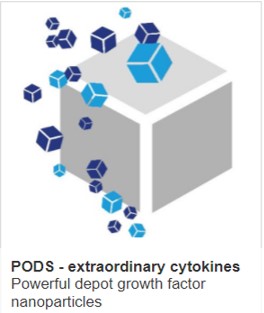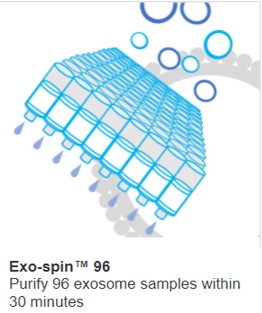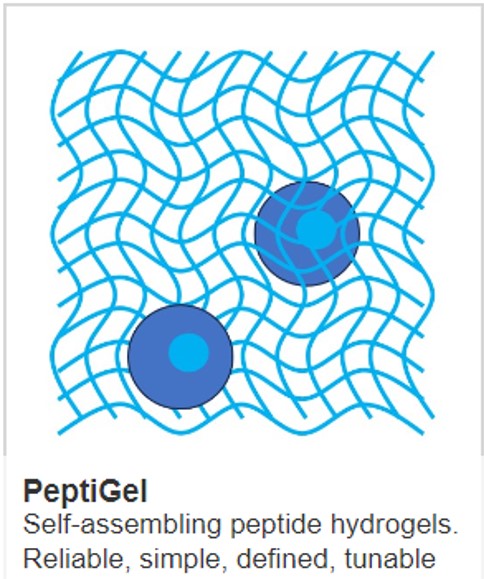Macrophages: An Achilles heel for cancer?

The Role of Macrophages in Metastasis: Guardians Turned Accomplices
Metastasis, the spread of cancer cells from a primary tumor to distant organs, is a complex process that remains a significant challenge in cancer treatment. Among the various players in the tumor microenvironment, macrophages have emerged as critical contributors to the metastatic cascade. These versatile immune cells, traditionally known for their role in host defense and tissue homeostasis, can be co-opted by cancer cells to facilitate tumor progression and metastasis.
Macrophages: The Double-Edged Sword
Macrophages are a type of white blood cell that engulfs and digests cellular debris, foreign substances, and pathogens. They are essential for immune surveillance and the maintenance of tissue integrity. However, in the context of cancer, macrophages can be polarized (reversibly differentaited) into different functional states, broadly categorized as M1 (pro-inflammatory) and M2 (anti-inflammatory). While M1 macrophages can attack tumor cells and inhibit their growth, M2 macrophages often support tumor progression and metastasis.
The Tumor Microenvironment and Macrophage Polarization
The tumor microenvironment (TME) is a dynamic milieu composed of cancer cells, stromal cells, immune cells, and extracellular matrix components. Within this environment, macrophages are influenced by various signals that can alter their functional state. Tumor-associated macrophages (TAMs) are predominantly subverted by the cancer cells towards the M2-like phenotype, which supports tumor growth and metastasis. This polarization is driven by cytokines and growth factors secreted by tumor cells, such as IL-10, TGF-β, and CSF-1, which promote an immunosuppressive and pro-tumorigenic environment.
Macrophages and the Metastatic Cascade
Macrophages contribute to several stages of the metastatic process:
- Invasion and Intravasation: TAMs facilitate the invasion of cancer cells into surrounding tissues and their entry into the bloodstream. They secrete enzymes like matrix metalloproteinases (MMPs) that degrade the extracellular matrix, allowing cancer cells to breach tissue barriers. Additionally, TAMs produce chemokines that attract cancer cells towards blood vessels, aiding their intravasation.
- Survival in Circulation: Once in the bloodstream, cancer cells face a hostile environment. Macrophages can assist in their survival by forming clusters that act as bodyguards for circulating tumor cells (CTCs), providing them with physical protection and shielding them from immune attack. This interaction not only enhances the survival of CTCs but also increases their potential to colonize distant organs
- Extravasation and Colonization: Upon reaching distant sites, cancer cells must exit the bloodstream and invade new tissues—a process known as extravasation. Macrophages at these secondary sites can facilitate this step by secreting factors that increase vascular permeability and promote the adhesion of cancer cells to the endothelium. Once extravasated, macrophages continue to support the establishment and growth of metastatic tumors by creating a favourable microenvironment through the secretion of growth factors and angiogenic signals.
- Immune Suppression: One of the critical roles of TAMs in metastasis is their ability to suppress anti-tumor immune responses. By producing immunosuppressive cytokines and expressing checkpoint molecules, TAMs can inhibit the activity of cytotoxic T cells and natural killer cells, allowing cancer cells to evade immune surveillance.
Therapeutic Implications
Given their pivotal role in metastasis, targeting macrophages presents a promising therapeutic strategy. Approaches to modulate macrophage activity include reprogramming TAMs from a pro-tumorigenic M2 to an anti-tumorigenic M1 phenotype, depleting TAMs from the tumor microenvironment, and inhibiting the recruitment of monocytes that differentiate into TAMs.
- Reprogramming TAMs: Strategies to re-educate TAMs involve the use of agents that can shift their phenotype from M2-like to M1-like. This can be achieved through the administration of cytokines such as IFN-γ or agents that block the signaling pathways responsible for M2 polarization. By converting TAMs into tumor-fighting cells, the immune system’s natural ability to combat cancer can be restored.
- Depletion of TAMs: Another approach is to reduce the number of TAMs within tumors. This can be accomplished using drugs that target CSF-1R, a receptor critical for the survival and proliferation of macrophages. By depleting TAMs, the supportive environment they provide to cancer cells is disrupted, potentially inhibiting tumor growth and metastasis.
- Inhibition of Monocyte Recruitment: Preventing the recruitment of monocytes (from which macrophages differentiate) to the tumor site is another strategy to limit TAM accumulation. Chemokine receptor antagonists can block the signals that attract monocytes, thereby reducing the pool of cells available to differentiate into TAMs. This approach aims to cut off the supply of new macrophages to the tumor, thereby limiting their pro-tumorigenic influence.
The dual role of macrophages in cancer, acting as both defenders against and facilitators of tumor progression, is a key weakness of our immune system. But could it also be an Achilles heel? In the context of metastasis, their ability to be co-opted by cancer cells makes them key players in the spread of the disease. Understanding the mechanisms by which macrophages contribute to metastasis has opened new avenues for therapeutic intervention. By targeting the interactions between macrophages and cancer cells, researchers hope to develop treatments that can effectively halt the metastatic process and improve outcomes for patients with cancer. As research continues, the challenge remains to selectively target the pro-tumorigenic functions of macrophages while preserving their essential roles in immune defense and tissue homeostasis.
IMAGE Cancer's Achilles heel. CREDIT Shutterstock
Learn more about powerful technologies that are enabling research:



